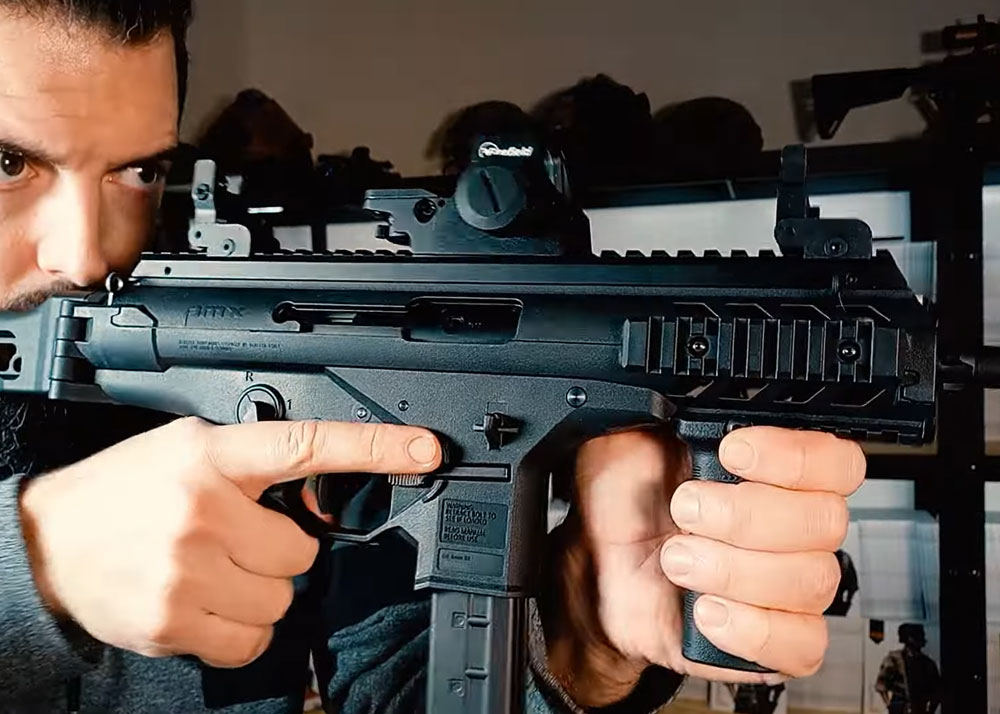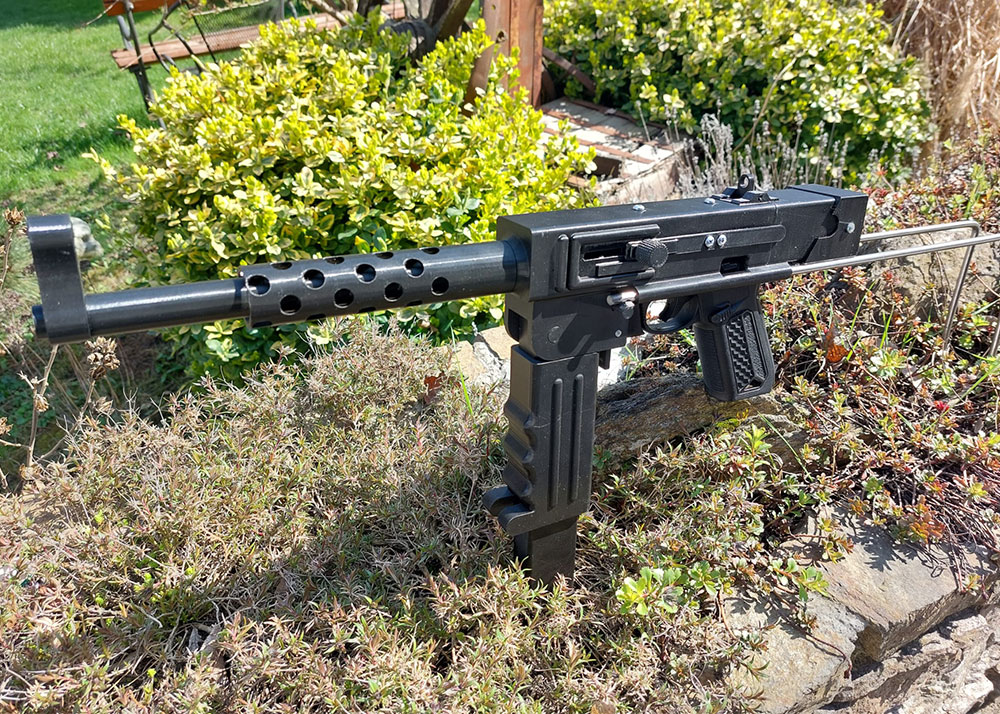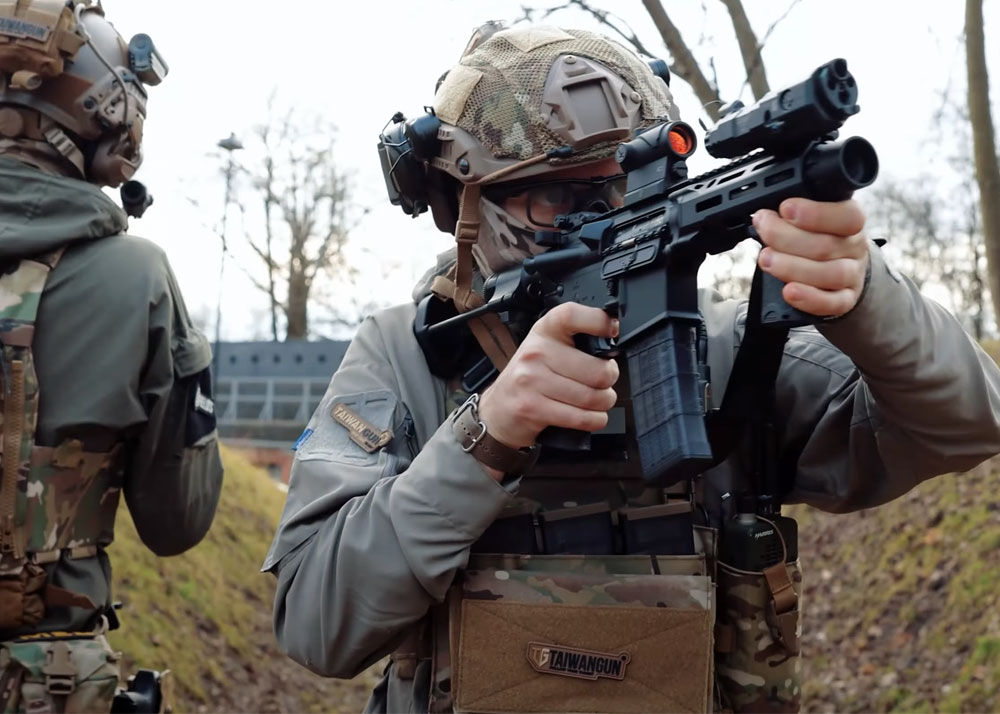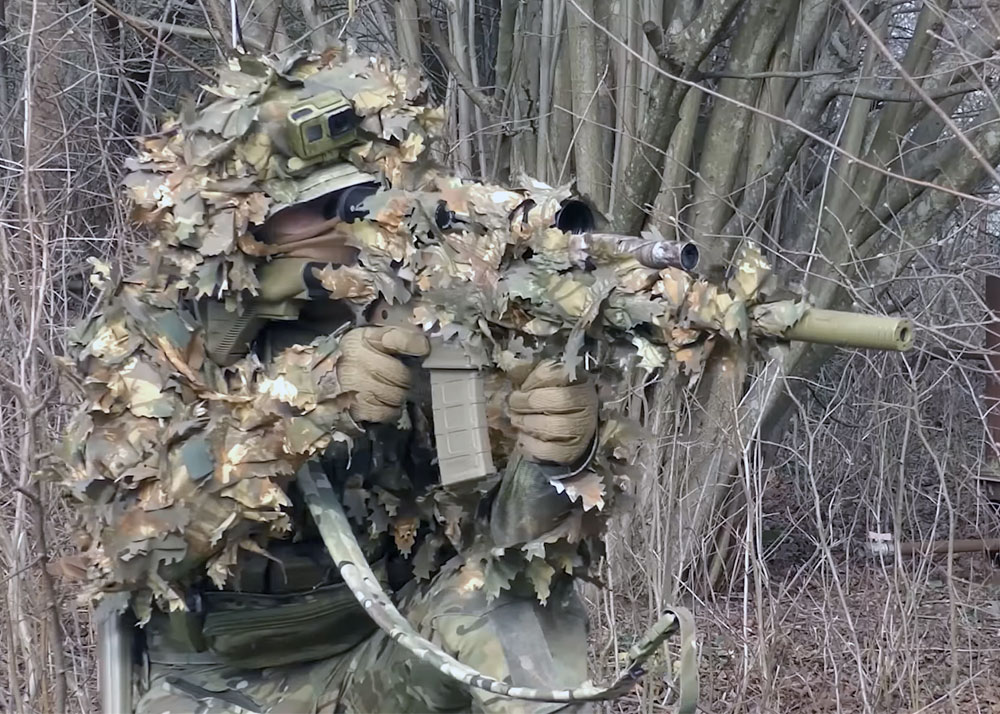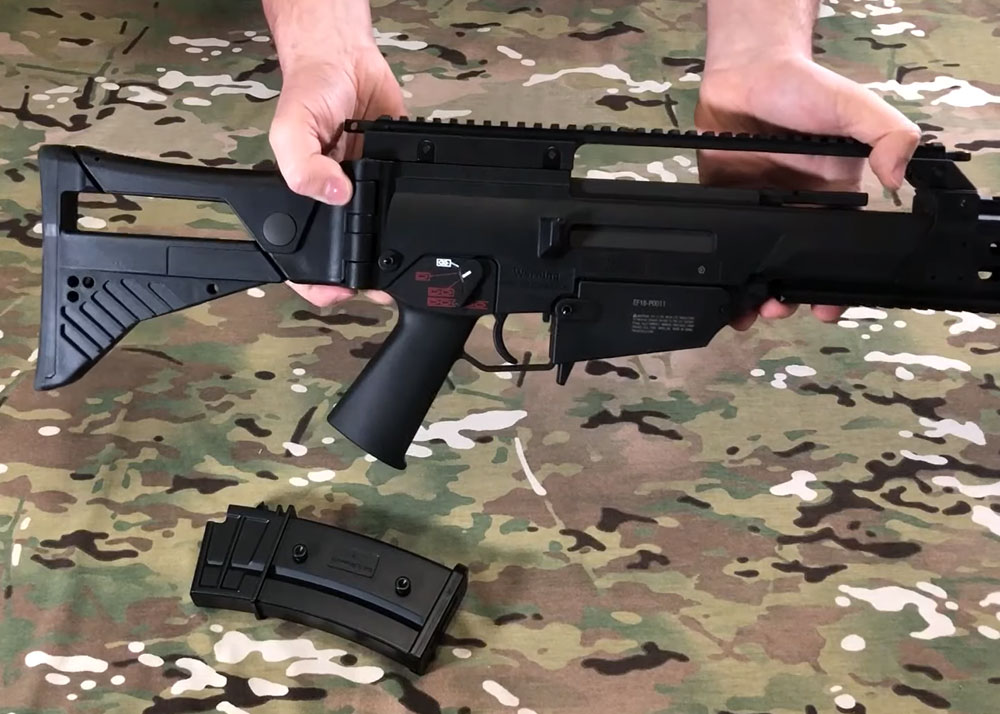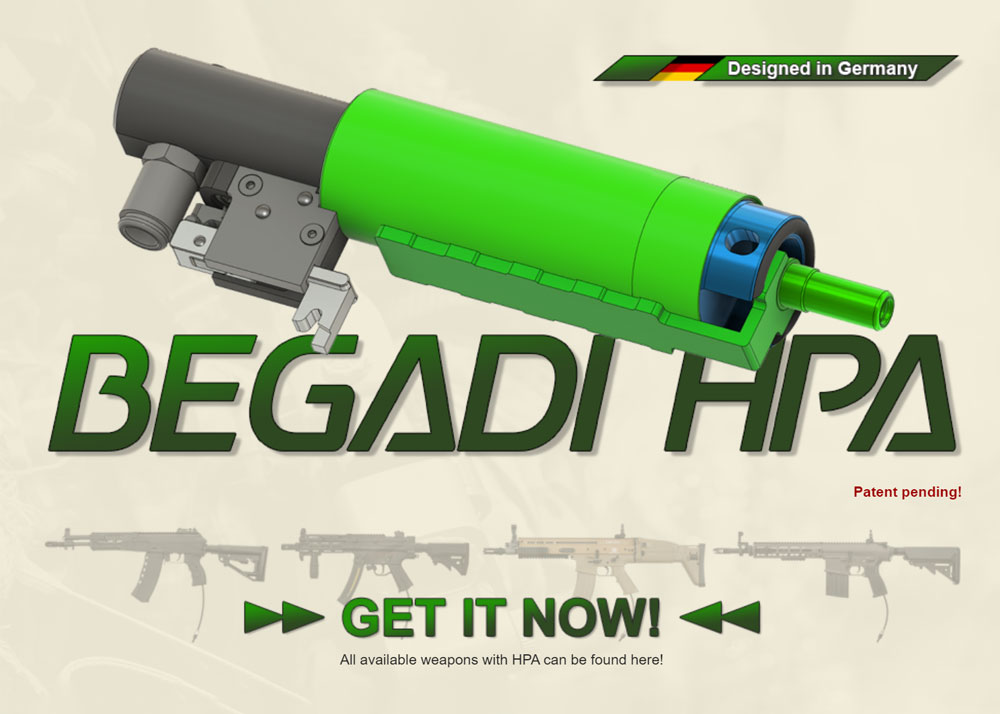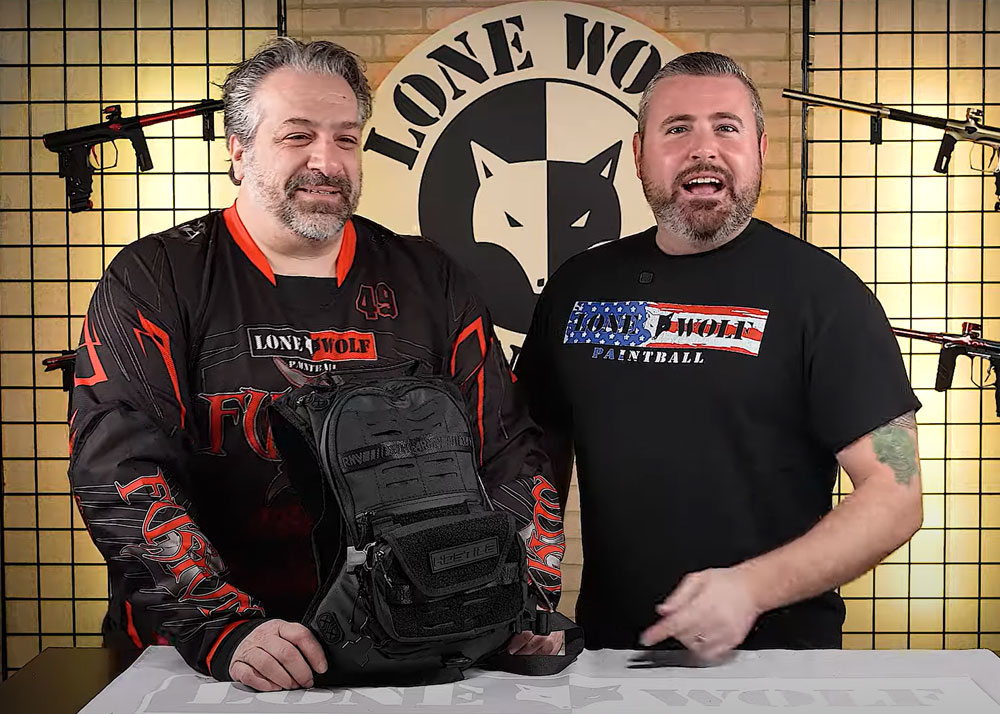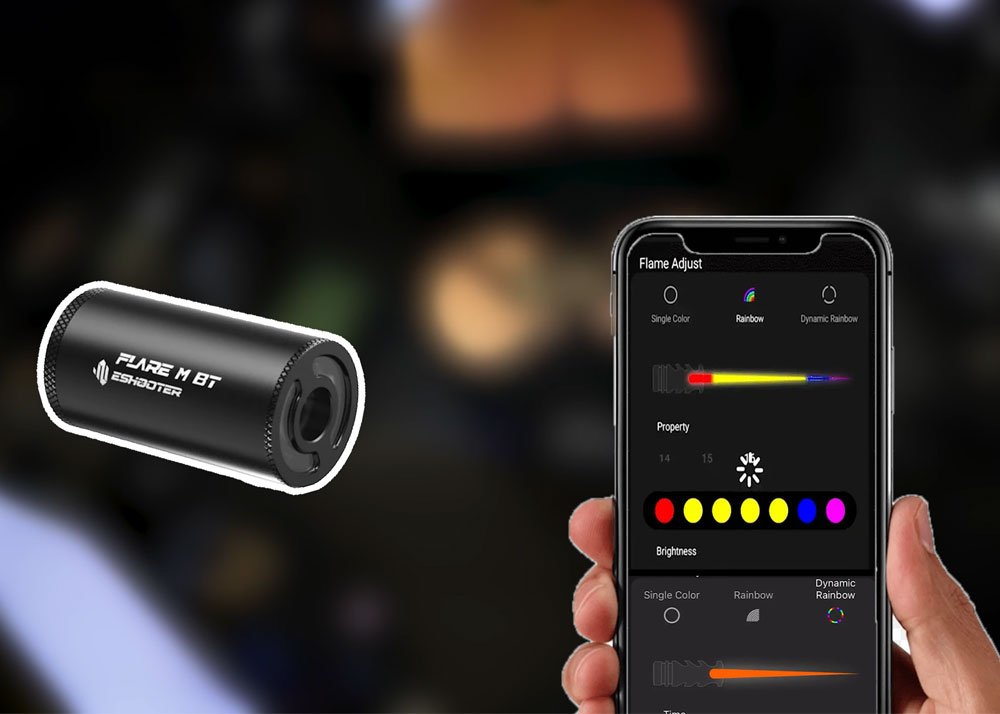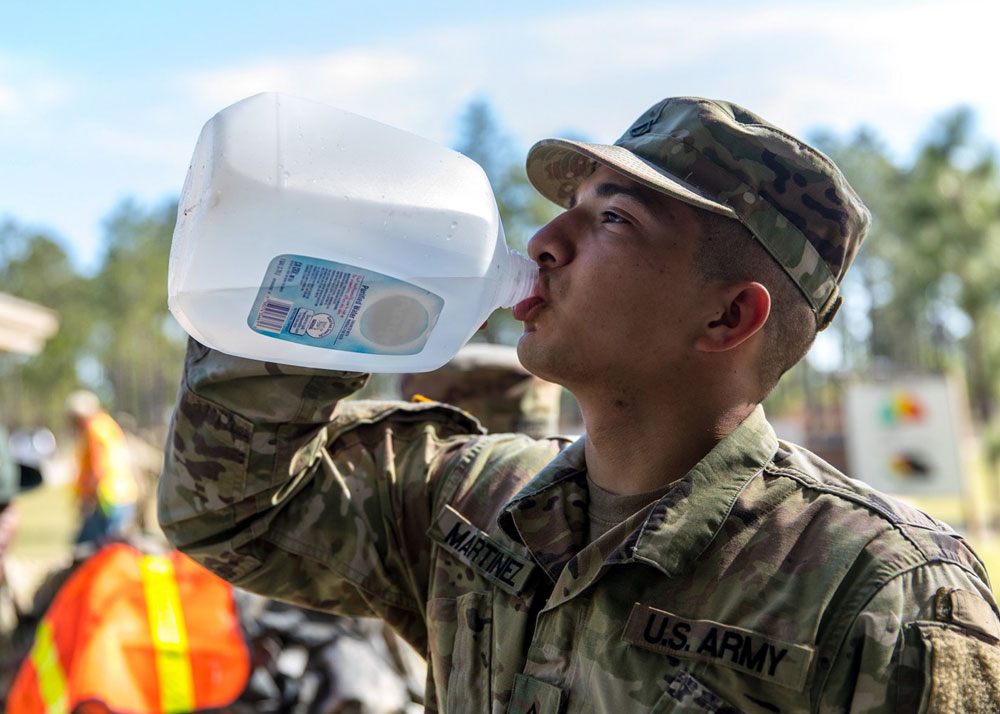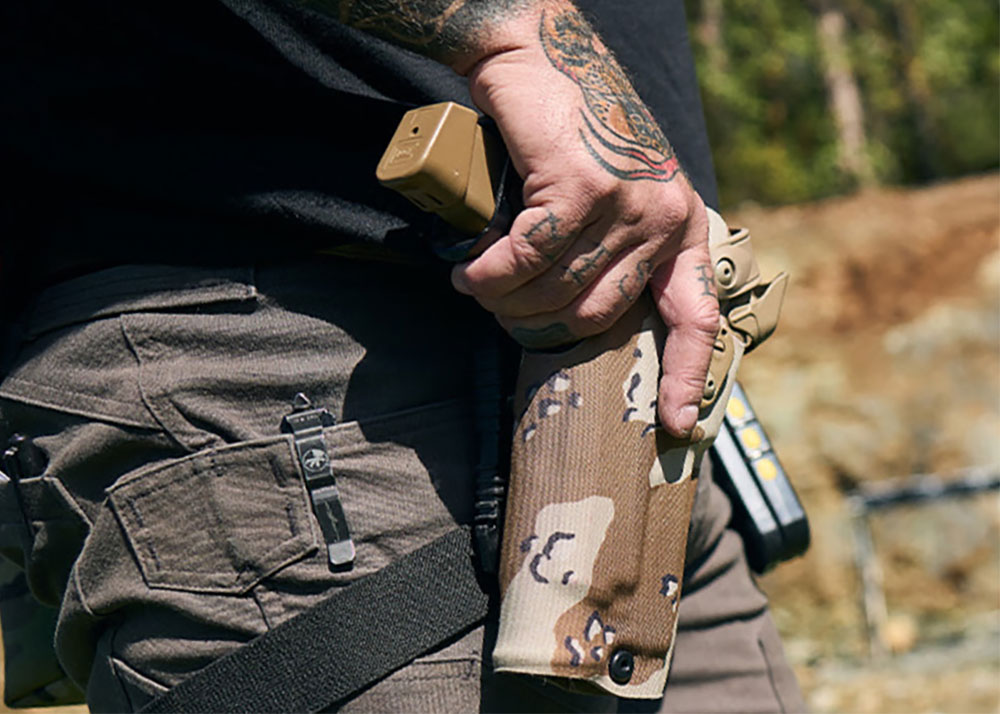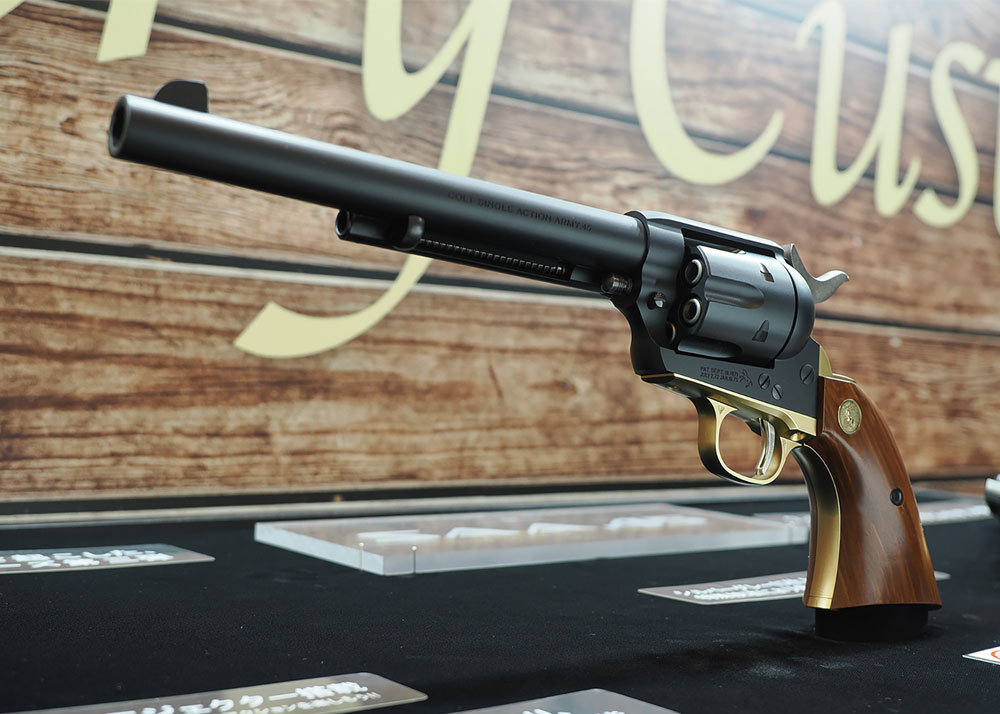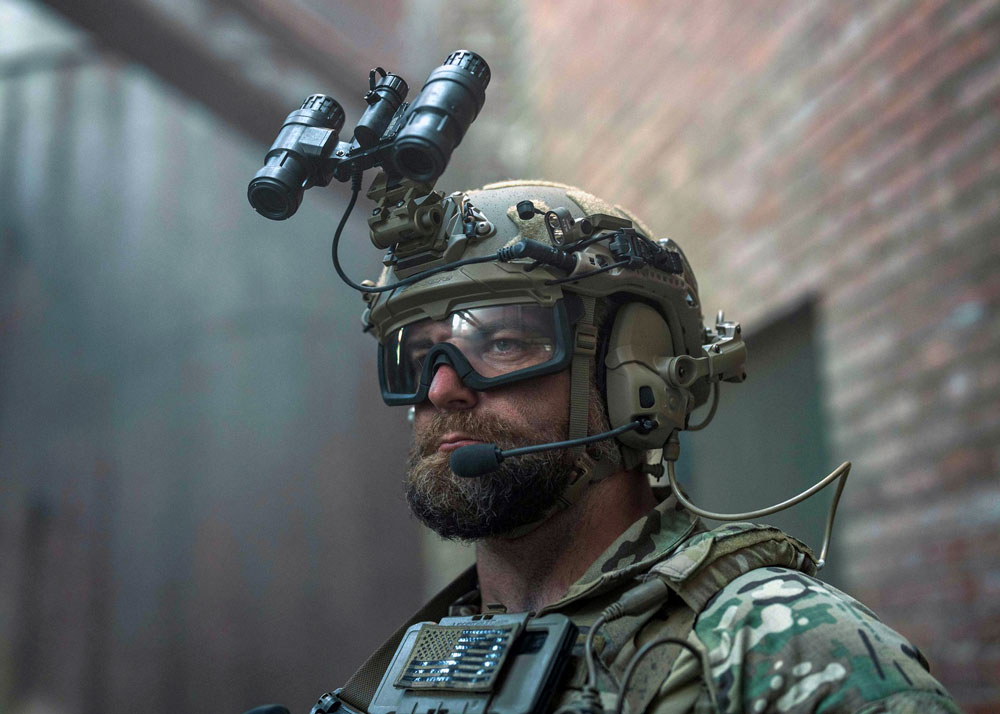The Airsoft League Aims To Introduce A New Tournament Format
OptimusPrime
03 Aug 2011

Airsoft tournaments are not new, as tournaments have been organised all over the world. However, there is no one dominant tournament format which the airsoft community can truly claim that airsoft is a tactical sport. Why there's none? Then let me explain existing and general formats of competitive airsoft, apart from the regular milsim and skirmishes that we do:
- Speedball - this is a competitive form of airsoft that takes its inspiration from paintball (or can also be related to woodsball, another paintball competition variant). It relies on teamwork which airsoft also emphasizes. There is less stealth here and speed is always a factor in winning a game. Teams go against each other to garner points. This game format is very popular in Asia, in particular, the Philippines.
- Scenario-based - This is the more "tactical" airsoft game where there are scenarios for the teams to play. Venues range from Close Quarters facilities to woodland skirmish. There are many variations of this game, such as search and destroy, diffuse the bomb, VIP, hostage rescue, or gather intelligence. There is always an opposing team provided by the game organizers, and rankings are based on time to accomplish missions.
- Action Air - more popular in Asia, especially in South East Asia plus Hong Kong. This is the airsoft version of IPSC (Practical Shooting) and is slowly getting more followers in the US and Europe.
The problem with the first two formats is the concern for cheating, where players do not acknowledge their hits, intentionally or not. Marshals/umpires/referees are put into place who will ensure that players call their hits, but sometimes players complain much about being made to acknowledge their hits. Sometimes, in the noise of a firefight, and the gear that players wear such as vests, some players may not call their hits unintentionally.
The South Koreans have developed a hit sensor technology for their own airsoft tournaments, but hasn't been marketed to other countries. Perhaps due to the costs of setting up such hit sensors which will require new vests, tethering these to AEGs, and in the case of gas blowback rifles, the rifle stoppage component becomes useless. Apart from that, players want to wear their own vests rather than purchasing the hit sensing vests. If only the South Koreans develop a hit sensing system that can installed in different vests and head gear, it will remain a niche product.
Action Air, since it's IPSC-based, is more on individual skills and does not do much about team work. Airsoft is usually done in teams, and IPSC does not provide that, only individuals.
THE AIRSOFT LEAGUE
The Airsoft League was conceptualised to provide a distinctly airsoft identity. While there are some similarities to Action Air/Airsoft IPSC, it is purely team-based.
The Airsoft League takes out human opponents and provides targets that players need to shoot at. These targets either have light indicators when hit, or have plankers that need to dropped to indicate the target being hit. These targets also take different forms: man-sized, quarter man, and sniper.

A four-man team comprises an Airsoft League Team: An assigned DMR, a Special Weapons Man that carries especial tools especially for breaching and or being assigned as an "explosives expert", and two Infrantry Rifle Men who play the assault role.
The Airsoft League team will then go through the race course to accumulate as many points as possible before they get into the clear. The Man size targets will require chest and head shots. while the quarter man and sniper targets will require head shots. Corresponding points are assigned to the type of the shots that hit their marks. Upon accomplishing the course, Airsoft League officials will then tally the shots made and targets missed. All scores of teams will be written on a tally board.
A video explaining The Airsoft League course is provided below:
There are already Airsoft League events being organised, and are mainly in California, which you can check at the Airsoft League website. The question is, will airsoft players from all over, find this a viable method of moving airsoft as real competitive sport?
On paper, I do agree that Airsoft needs to develop its own sports tournament format, rather than borrowing from other existing disciplines. The Airsoft League is still in its infancy and they would want airsoft teams and airsoft event organizers to try it and see how it can be improved upon further.
I can also agree that it may take out a bit of fun of not having targets that can actually move and shoot back, matching your team in tactical moves, and able to outflank you. However, in my experience all the existing formats are fun, albeit with their own problems. IPSC style airsoft can help develop your shooting skills, and speedball and scenario-based games your tactical moves.
The Airsoft League does two things: 1) combine some good features of the three formats into one exciting package that is of speed, tactics, and shooting skills; and 2) make it a purely team approach. This in itself, makes it a compelling proposition and turns airsoft into a "spectator sport".
As a "spectator sport", The Airsoft League makes provisions for audiences to watch the sport closer, rather than being left in the dead zone, missing all the action. This exposure will also lead to more fans and potential sponsorships, which airsoft teams would dearly need in order to get into more competitions, and Airsoft League organisers to find it a profitable venture.
For now, it's watch and see how the Airsoft League will evolve, but does not mean that we sit here in the sidelines. It's much better to try the concept and see if it's something worth doing, especially when we want to promote airsoft as a viable sport, rather than just a recreational activity.

